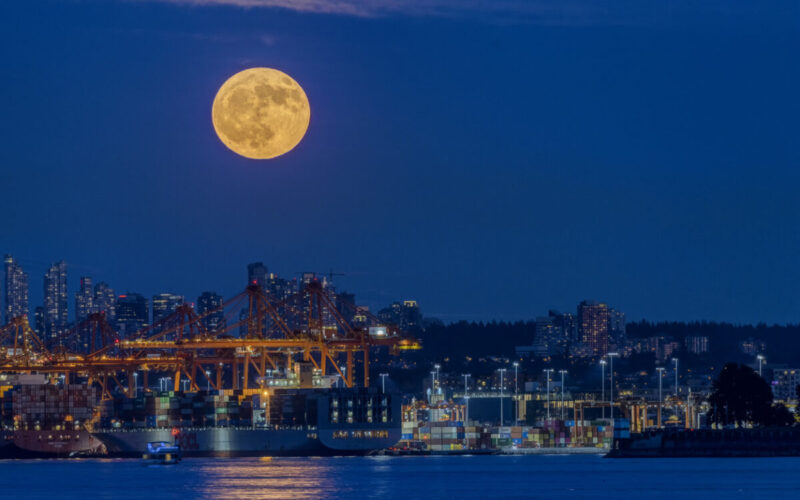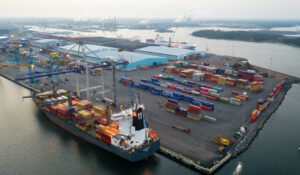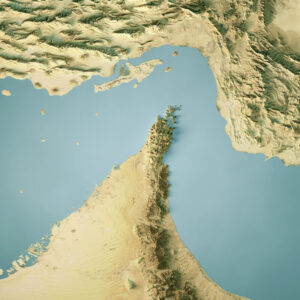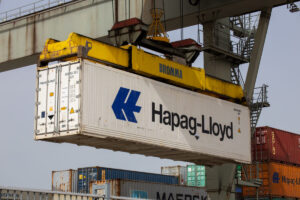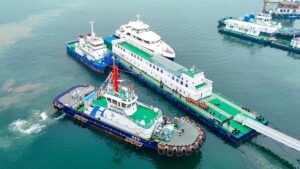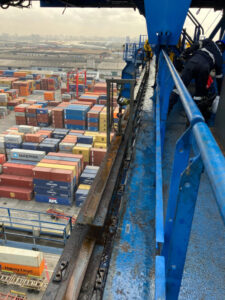The Vancouver Fraser Port Authority has introduced the first centralised scheduling system for commercial ships to improve safety, dependability, and efficiency of cargo flow.
The centralised scheduling system, developed as part of the port authority-led Active Vessel Traffic Management Programme, will help coordinate and optimise commercial ship traffic, with the goal of improving both ship turnaround times and the volume of cargo handled by Port of Vancouver terminals.
The new system will first be implemented in the busy Second Narrows (Burrard Inlet) canal, allowing the port authority to play an active and leading role in sequencing the traffic of commercial ships, tugs, and barges visiting the six marine facilities east of the Second Narrows rail bridge.
The centralised scheduling system is intended to assist coordinate and optimise more than 1,000 ship transits per year during its first implementation, boosting fluidity, dependability, safety, and efficiency in this critical trading sector where high quantities of maritime and rail traffic converge.
READ: Port of Vancouver advances new terminal project
The technology reportedly offers near real-time forecasts of environmental conditions for safe vessel transit and has enhanced capacity at multiple ports.
The system was jointly developed in collaboration with DHI SeaPort OPX and is built upon the acclaimed NCOS Online ship traffic management system. It offers nearly real-time environmental condition forecasts to ensure safe vessel transit and has successfully expanded capacity at various ports. In the case of the Port of Vancouver, it will deliver essential local tide and current data, along with supply chain insights, to facilitate informed decisions regarding the best transit windows and schedules for cargo vessels.
One of the key pieces of feedback the port authority heard throughout Indigenous and public engagement in 2022 was a desire to reduce commercial ships’ use of anchorages near the Southern Gulf Islands.
READ: Port of Vancouver new terminal project sparks environmental debate
The implementation of the centralised scheduling system in the Second Narrows is an important step in responding to that feedback, allowing for better planning and coordination of ship traffic heading to and from six major marine terminals in Vancouver harbour.
The centralised system will assist the usage of commercial anchorages and related environmental and coastal community effects such as noise, light, and air pollution by improving ship movements and turnaround times at the port.
The port authority will extend the centralised scheduling system to other high-traffic areas across its
jurisdiction in later phases of the programme to further increase efficiency at the Port of Vancouver and
strengthen national supply chains.
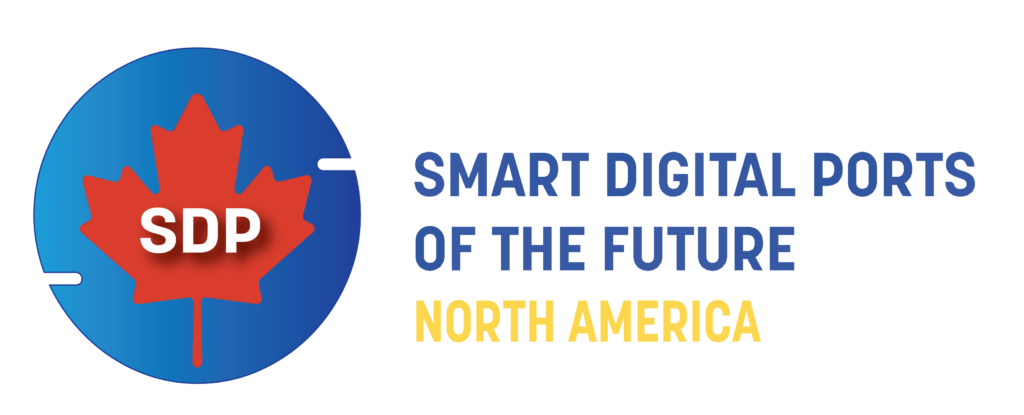
Join us for PTI’s Smart Digital Ports of the Future Conference (SDP) in Halifax, Canada on 5 and 6 December – the leading hub for all things port digitalisation, innovation and technology.
Secure your ticket now at: https://sdp-northamerica.ptievents.com/tickets/

